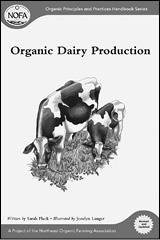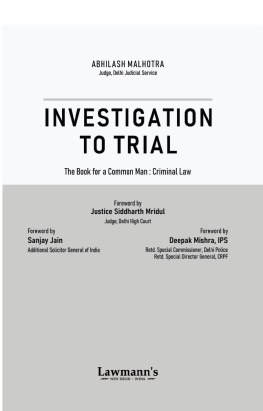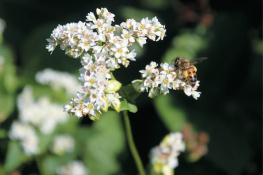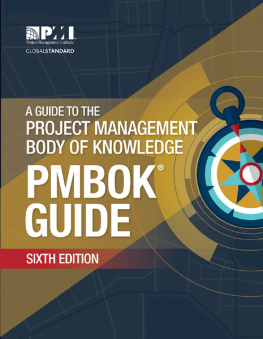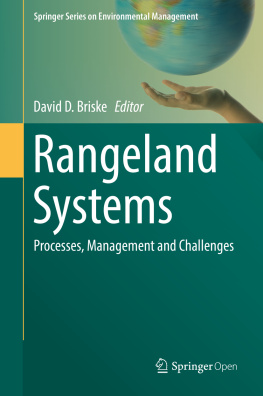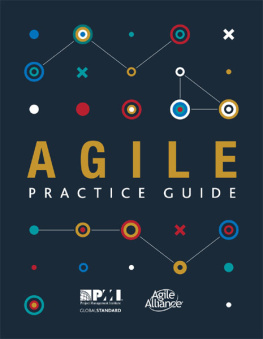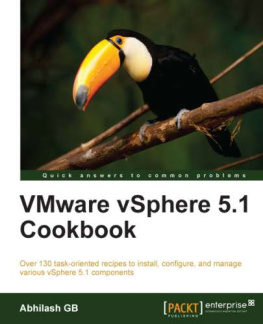1.1 Introduction
In recent times, there is huge improvement in data computation and information technology in all fields. Keeping in pace with this improvement, there are growing interests to apply these advanced technologies in soil science also through generating soil inference system, spatial soil information system, digital soil maps, etc., in different platforms, e.g. desktop applications, android application, web map services, etc. Efforts have been done for creation of soil database at regional, national, continental and worldwide scales for wide uses of soil information by end users. For creation of such huge database throughout the world, there is challenge to develop suitable tools and techniques involving advanced data analysis methods. Apart from it, several auxiliary information are available nowadays to improve the above said goal of developing digital soil maps or soil inference system. For example, digital elevation model (DEM), proximally sensed soil signatures from remote sensing platforms have been proved as powerful tools for improvement of digital soil products and these data are also easily available. As a consequence, merging of different allied subjects like geographic information system (GIS), remote sensing, geography, computer science, etc., with soil science has been observed. Pedometrics has gained much more attention than never before. Therefore, several efforts have been made for applying digital technologies in old soil survey concept for mapping soil resources. Soil resources are mapped by creating either class map or soil attribute map. These digital soil maps are quite different from digitized version of previously prepared soil map through soil survey where a polygon boundary represents a homogeneous soil, which has also been called us mapping unit. Recently it has been felt that digital soil mapping technique should enter into its operational phase from research phase throughout the world, which has also been visualized in different parts (Padarian et al. ).
For sustainable agricultural production system, rapid and reliable assessment of soil characteristics is an important step. Conventional soil resource characterization through soil sampling followed by laboratory analysis has not been always feasible for rapid assessment. Under such cases, sensing methods may be a reliable option through which several soil properties can be estimated by a single scan. During last few decades, remote sensing approaches have been proved to provide solutions for rapid soil assessment. Moreover, the advantages of remote sensing approaches are its fast and nondestructive nature as well as have large spatial coverage. Four major factors influence the remote sensing signature of soil, e.g. mineral composition, organic matter, soil moisture and texture. Earlier, remote sensing approaches have been used for different applications in soil science, e.g. soil classification, soil resources mapping, soil moisture assessment and soil degradation mapping. Particularly, hyperspectral remote sensing (HRS) has been emerged as a promising tool for rapid assessment of soil resources due to its capability to measure the reflectance of soil at several contiguous and narrow wavelength bands (Das et al. ). Availability of soil spectral library containing spectral information of several soil types offers an opportunity to estimate multiple soil attributes from the same reflectance spectra. Keeping in mind the progresses in applications of data mining, machine learning, GIS and hyperspectral techniques in soil science, there is huge scope of digital soil mapping for management of soil resources. Here, we discuss few basics, methodology and case studies of digital soil mapping in the following sections.
1.2 Why Soil Mapping?
In agricultural production system, soil plays a major role by supporting plant growth. Management of soil resources is essential to maintain its productivity for obtaining optimum crop yield. For best management of soil resources, knowledge on its current state is required. For example, right amount of fertilizer and manure can be applied if we know the soil fertility status and the nutrient requirement of a particular crop. Similarly, knowledge on soil water retention and hydraulic conductivity helps to apply right amount of irrigation water at right time. Even the state of soil physicochemical properties, e.g. pH, electrical conductivity, etc., helps in calculating right amount of amendments to reclaim problematic soils. Not only in agricultural production system, soils play critical role in partitioning water balance components in hydrological studies. Gathering knowledge on soil properties can be done through soil sampling followed by laboratory analysis. Since soil varies largely in space, different management practices are required for different type of soil and hence multiple samples need to be collected. However, it is difficult to measure soil properties at all possible locations within a study area and hence approximation is made by considering a homogenous zone with similar soil properties. These homogeneous zones are called as management zone or block for which similar management practices are followed, whereas these practices will be different across different zones. Therefore, people have started to delineate these management zones as polygon boundary, which is termed as mapping unit. Thus soil maps have been prepared for different purpose at different scale. Soil maps were previously mapped through field survey at large scale. At recent times, specifically with popularization of precision agriculture, soil maps are required at farm scale or even at plot scale and for this purpose advanced digital mapping techniques are being employed. In the following sections, we discuss different soil mapping techniques.



